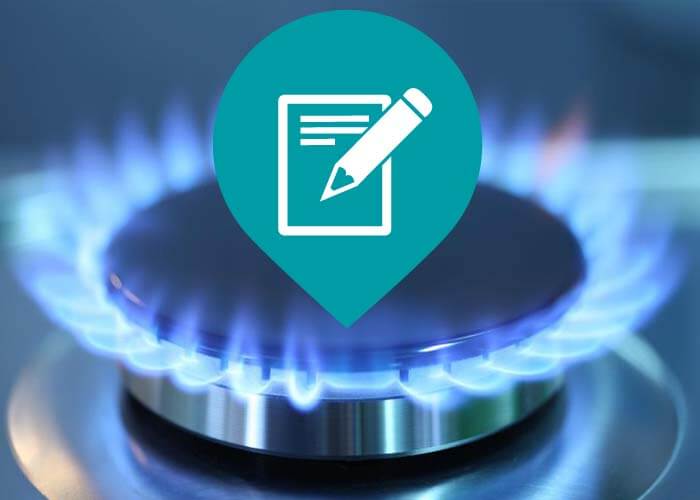
Exactly how Does the Natural Gas Distribution System Work?
Just how Does the Natural Gas Distribution System Job?
Gas streaming from greater to decrease pressure is the basic concept of the gas distribution system. The amount of pressure in a pipe is determined in extra pounds per square inch.
From the well, the gas enters into "celebration" lines, which resemble branches on a tree, getting bigger as they get closer to the central collection point.
Gathering Equipments
A celebration system might require one or more field compressors to move the gas to the pipe or the handling plant. A compressor is an equipment driven by an internal burning engine or turbine that creates pressure to "press" the gas through the lines. Many compressors in the gas distribution system make use of a percentage of gas from their own lines as fuel.
Some gas event systems consist of a processing center, which does such features as eliminating contaminations like water, carbon dioxide or sulfur that may corrode a pipeline, or inert gases, such as helium, that would lower the power worth of the gas. Handling plants likewise can eliminate small quantities of gas and butane. These gases are utilized for chemical feedstocks as well as other applications.
The Transmission System
From the gathering system, the gas steps into the transmission system, which is usually made up of about 272,000 miles of high-strength steel piper.
These huge transmission lines for gas can be contrasted to the country's interstate freeway system for automobiles. They relocate large quantities of natural gas thousands of miles from the producing areas to neighborhood distribution firms (LDCs). The stress of gas in each section of line usually varies from 200 extra pounds to 1,500 extra pounds per square inch, depending upon the sort of location in which the pipeline is operating. As a safety measure, pipes are created and built to handle much more pressure than is ever before actually gotten to in the system. For example, pipelines in more booming locations run at less than half of their design pressure degree.
Numerous significant interstate pipelines are "looped"-- there are 2 or even more lines running parallel to each other kalorifer tamiri izmir in the exact same right-of-way. This supplies optimum ability during periods of peak need.
Compressor Stations
Compressor stations are located roughly every 50 to 60 miles along each pipe to enhance the pressure that is shed with the rubbing of the natural gas relocating through the steel pipe. Many compressor stations are entirely automated, so the equipment can be begun or stopped from a pipeline's main control area. The control room can additionally from another location run shut-off shutoffs along the transmission system. The operators of the system keep detailed operating data on each compressor terminal, as well as continuously adjust the mix of engines that are running to make the most of performance and also safety and security.
Natural gas steps with the transmission system at up to 30 miles per hour, so it takes numerous days for gas from Texas to get to an utility invoice factor in the Northeast. In the process, there are numerous interconnections with various other pipelines and also other energy systems, which provides system drivers a large amount of versatility in relocating gas.
Linepack
A 50-mile area of 42-inch transmission line operating at about 1,000 pounds of stress contains about 200 million cubic feet of gas-- sufficient to power a kitchen range for greater than 2,000 years. The quantity of gas in the pipe is called the "linepack.".
By elevating and also reducing the pressure on any type of pipe section, a pipe business can make use of the sector to save gas throughout periods when there is less need at the end of the pipe. Making use of linepack this way enables pipeline drivers to handle per hour changes in demand very efficiently.
Natural gas pipes and energies utilize very innovative computer system models of consumer demand for gas, which relate everyday and also hourly consumption fads with seasonal and environmental aspects. That's why customers can depend upon the integrity of gas-- when it's needed, it's there.
Gate Stations.
When the natural gas in a transmission pipeline reaches a local gas utility, it typically goes through a "entrance terminal." Utilities frequently have gate terminals obtaining gas at several places as well as from several different pipes. Gateway stations offer three objectives. First, they reduce the stress in the line from transmission levels (200 to 1,500 extra pounds) to distribution levels, which vary from 1/4 pound to 200 pounds. Then an odorant, the distinctive sour aroma connected with gas, is added, so that customers can scent also small quantities of gas. Lastly, the gate station determines the flow rate of the gas to establish the quantity being received by the utility.